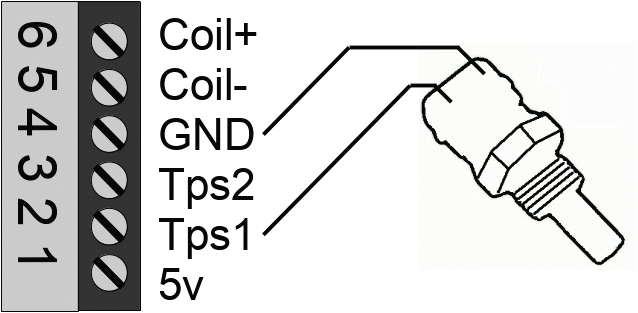The HMP1 is the most complete tool for mechanics testing, reading and/or emulating almost all car sensors.
It is so complete that it becomes the essential tool for servicing internal combustion vehicles.
Among its functions, we can highlight its ability to read and generate CKP & double CMP pulses simultaneously and the complete test of motorized throttle bodies and many more functions.
There are 3 types of possible actions for each sensor.
[T] Test. It means that the HMP1 can check the operation with the sensor/actuator outside the car (or disconnected)
[R] Reading. It means that you can read the operation without disconnecting it from the car and read/monitor its operation that way.
[E] Emulate. It means that the HMP will act as if it were the sensor so that the injection “believes” that the sensor is in place and working.
Sensor/Actuator
Possible actions
Electronic Throttle
Test, Read
Pedal
Test, Read
Analog Voltage Map/Maf/TPS
Read, Emulate and test when powered with 5v
Frequency MAP
Pulse Reader [R] / Pulse Generator [E]
Lambda Narrow
Read, Emulate
ECT (NTC type temperature sensor)
Test
Inductive injectors
Test, Read
IAC / step by step
Test
EGR / canister /Turbo
Test, Read
HALL sensors
Reading, Test on sensors powered with 5v
CKP & CMP
Simultaneous read, emulation
Ignition Modules
Read, Test
ABS
Read, Emulation
Battery/Alternator
Read






























